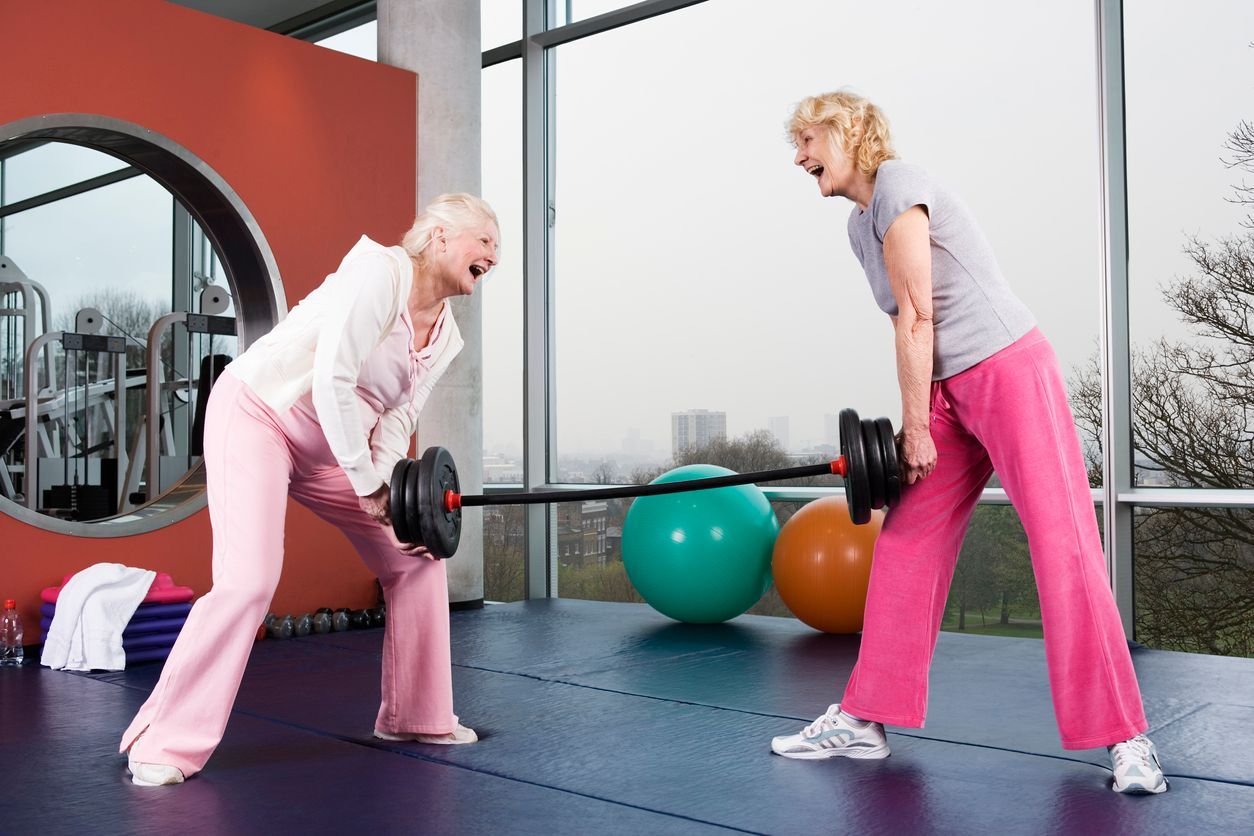As younger women we might’ve liked or disliked them because of the way they looked. As older women, what matters is their strength.
The hips (or glutes, butt, backside — substitute your preferred word — I’m going to use glutes from here on) are our centre of gravity.
They’re a key part of our ‘core’, and certainly the biggest part.
It can help to think of our core as being like a drum or cylinder, where the top is the diaphragm, sitting just under our lungs, and the bottom is our pelvic floor.
At the front are our abdominals, and at the back are the muscles of our lower back, plus the glutes.
The core’s job is to stabilise our spine and pelvis, which improves our balance, reduces our risk of falling, and helps prevent low back pain.
Of course, the drum idea is just that — an idea. There’s no hard border at the top and bottom, and the muscles of the core work together with their neighbours.
But back to the glutes, which I think are unsung heroes.
American exercise physiologist Stacy Sims describes them as ‘the steering wheel for a woman’s legs’.
If we don’t have a grip on the wheel, she says, our legs will go all over the place.
What she means is that strong glutes hold our legs in their proper position within the hip sockets. When the glutes are weak, our legs roll in towards each other. This makes us unstable and can cause knee injuries.
We also need their heft when we’re picking up heavy things — such as a suitcase, a bag of fertiliser, or a basket of wet washing. Without glute strength we risk hurting ourselves, often through the lower back or shoulders.
You might’ve done isometric strengthening for your core by pulling your belly button in towards your spine. See if you can do this and draw your pelvic floor up at the same time.
If a visual reference helps, imagine wearing tight pants or a corset. Or wading into freezing water where your body’s natural response as the water laps your crotch is to lift your pelvic floor and pull your middle in.
But we need more than this when we’re lifting, carrying or squatting. We also need glute power.
For a lot of us, our glutes might be in snooze mode. But we can wake them up by squeezing or clenching them.
Try doing it for five seconds, then do 10 a few times a day. Do them standing in queues. Waiting to cross the road. At the traffic lights when you’re driving. Watching TV. Whenever you have a moment.
Then… drumroll… add the glute squeeze to your belly button and pelvic floor manoeuvre, and practice that.
Stacy Sims calls this a ‘squeegle’, a combination of a squeeze and a kegel (including the belly button brace).
That’s what’s needed each time you pick up your suitcase or the fertiliser bag.
So forget about what you think your rear end looks like. What matters is that it’s your power source, it gives you stability, and it keeps your legs in the right place.
And the older we get the more important those things are.
Photo Source: Istock

